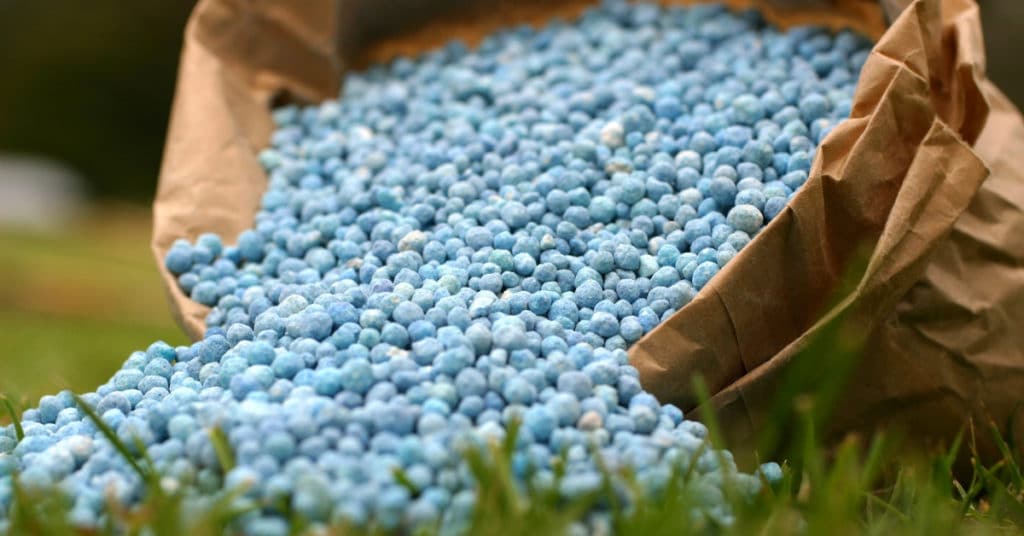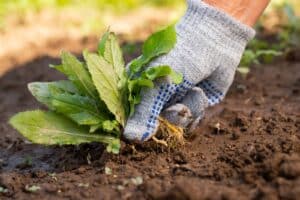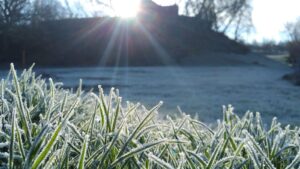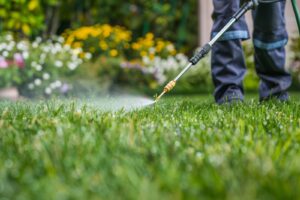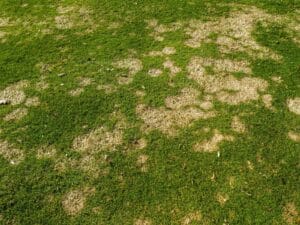Fertilizing your garden is a good practice for any gardener. Knowing which fertilizer your garden needs and how and when to use could make or break your garden. Become an expert in fertilization and watch your garden thrive.
The different options and nutrients available in fertilizers can highly impact your plants—know how to use them to your (and your garden’s) benefit!
1. Different Forms of Fertilizers
The same fertilizer can be used in many different forms. Fertilizer can come in a liquid, powder, or granular form. There are different benefits to each form. Powdered fertilizers need water to be productive. They can be spread by hand or with a spreader, then after a solid watering, the powder will absorb into your soil. Liquid fertilizers also need to be diluted in water and are usually spread with a hose attachment and your typical garden hose. Granular fertilizers are spread either by hand or by a machine on top of soil. Granular fertilizer is packed with nutrients and will soak into your soil over time as you water your lawn.
2. Nitrogen Fertilizers
Add a nitrogen fertilizer during the middle stages of a plant’s life to expand its lifespan. Nitrogen is a nutrient the adds to a plant’s growth. If you want to see your plant grow larger and possible stem new leaves, use some nitrogen fertilizer. There are many nutritional benefits to nitrogen fertilizer.
3. Phosphate Fertilizers
Plants need the phosphorous nutrient—it helps to strengthen the root system and stems of a plant. All stages from flowering to seeding to fruiting can be strengthened and improved with some phosphorous. If a plant has a phosphorous deficiency, it may be stunted in growth. Phosphate fertilizers last a long time, but they act slowly. For maximum results, add this fertilizer to your soil before planting.
4. Potassium Fertilizers
Potassium fertilizer provides a necessary nutrient for photosynthesis. It also has the ability to slow down diseases in your garden and protect your plants from other harmful things. You will notice some yellowing or browning on the edges of the leaves if your plant has a potassium deficiency. When using spread potassium fertilizer, be sure to distribute it as close to the roots as possible. The when and how to exactly use this fertilizer will differ depending on the types of plant.
5. Organic and Inorganic Fertilizers
Organic fertilizers are made from manure, compost or other plant or animal products—both natural and organic materials. It is packed full of nutrients, but because it has natural materials the exact amount of materials cannot be measured. However, some bags will print estimated nutrients. Organic fertilizers work slowly over time and are long-lasting. These fertilizers can be made at home using your own compost.
Inorganic fertilizers are created from chemical components with necessary nutrients. These fertilizers will give your garden a quick boost and provide nutrients for expedited short-term growth.


